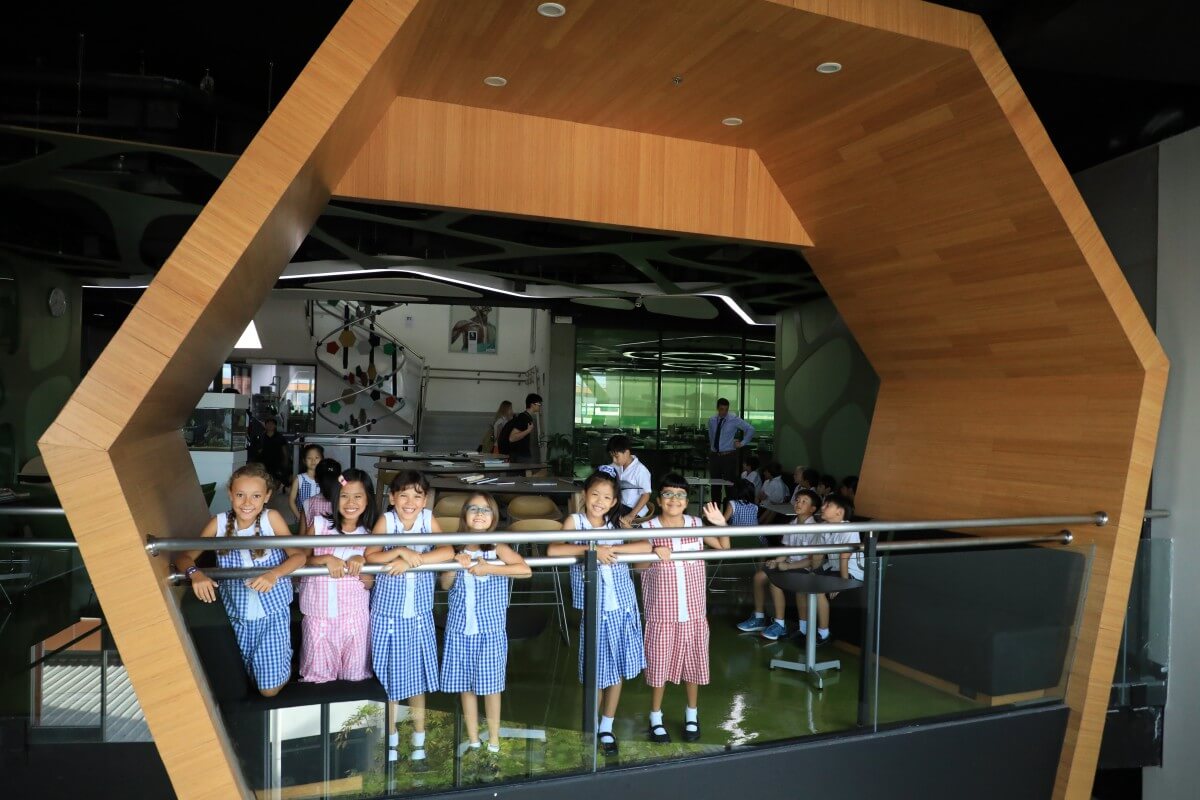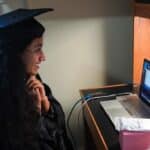What’s expected from students today differs greatly from those of yesteryear. Technological advances are changing the way education is being delivered to students; the skills they need to not only survive, but thrive in the 21st-century workplace have shifted, with emphasis on critical thinking skills, collaboration and creativity gaining centre stage for current learners.
As classrooms have the potential to affect learning, it becomes pivotal to ensure students can learn in a conducive environment that supports their education, rather than hinder it. But despite technological advances, many classrooms or traditional learning spaces may not always meet or reflect the needs of 21st-century learners.
Instead, most remain unchanged since the last millennium – with traditional rows of neatly arranged desks fronted by a teacher delivering a lecture-based lesson. But as the curriculum evolves, with technology playing a greater role in the classroom, the learning environment must reflect these changes.
Doing things, the Bangkok Patana way

Source: Bangkok Patana School
Over in Bangkok, Thailand, one school is putting the spotlight on creating collaborative spaces for secondary school students. Bangkok Patana School (Patana means ‘development’ in Thai), the oldest British international school in Thailand, has introduced the concept of collaborative spaces into each faculty area across its secondary school to promote inclusive learning for all students.
Collaborative spaces are typically designed to foster a collaborative environment where individuals come together to share ideas, thoughts and learn from each other.
In a similar vein, Bangkok Patana’s spaces were designed to facilitate large group work processes, efficient exchanges of information and support decision-making, with students ranging from two to 18-years-old. For example, the school uses different seating arrangements for students, while none of their classrooms have doors under their primary school program. Technology is incorporated into the curriculum for students to benefit from a multi-faceted learning environment, in addition to helping students learn from peers in different age groups.
The school’s Secondary Assistant Principal, Curriculum and Assessment, Suzanne Lindley, says: “With our collaborative spaces, we now have areas in every faculty whereby the seating is flexible, often moveable, so that the workspace can be redesigned every lesson, even within the lesson.”

Source: Bangkok Patana School
The collaboration is not only focused on students but also teachers, since they co-plan lessons and enable students from across groups to work together, further developing social skills and confidence.
Lindley adds that their spaces are planned to accommodate 21st-century learners who are increasingly mobile, highly-networked, interactive and social and have quick access to information. As such, the learning environment needs to be multisensory, adaptable and provide choice and variability.
“The spaces are cleverly themed to make the learning experience even more memorable, for example, our London Underground Tube Map in English. These spaces have been designed to support the learning of skills needed for the interconnected world that our students are facing,” she said. “Additionally, these spaces can promote social learning and maximum engagement.
“Having a high calibre of independent and active learners, along with the area and space, has meant that our range of specially designed zones enhances the learning experience on a day-to-day basis, making it more memorable and enjoyable.”

Source: Bangkok Patana School
She adds that, “Deeper learning is shown to take place when it is student-owned, social, active, contextual and engaging; our collaborative spaces allow for exactly that.”
With the implementation of collaborative spaces, students receive instant feedback from their teachers, which can be beneficial to their progress in school.
How students benefit from collaborative spaces
Some of the benefits of collaborative spaces for students include developing higher-level thinking, oral communication, self-management and leadership skills; increasing self-esteem and responsibility; exposure to and an increase in understanding of diverse perspectives; preparation for real-life social and employment situations; while students who learn in small groups generally demonstrate greater academic achievement and express more favourable attitudes toward learning.
Meanwhile, collaborative spaces can promote important skills such as engagement, critical thinking and teamwork, which are some of the hallmarks of the 21st-century competencies. It also allows students to shift from working in silos towards an inclusive learning experience, fostering a collaborative learning environment.

Source: Bangkok Patana School
While this method provides students with a platform to engage in hands-on learning, what do students think about it?
“The colours and space create a vibrant atmosphere which enables us to think better,” said one student. “Having space and the different seating arrangements, lets us hear more when we are working in groups or with a partner,” opined another.
Meanwhile, learners have also said that the spaces enable them to be “more interactive and think more”, while the use of technology in the classroom, such as screens where math problems are shown, or whiteboards where students can plan out their essays, as well as spaces in their English and World Languages classes where they can practice their speaking skills, makes the learning experience more interactive and enjoyable.
Without a doubt, at Bangkok Patana, students develop a love for learning.
So, for parents who are looking to pick the right school to give their child a foundation from which they can succeed in the future, this school may just tick all the boxes. It goes without saying that choosing the right school is clearly an important decision for parents, and at Bangkok Patana, staff take immense pride in ensuring a conducive learning environment for its students, making it a top choice for parents.
Follow Bangkok Patana School on Facebook, Twitter, YouTube, Issuu and Instagram
Liked this? Then you’ll love these…
The benefits of outdoor learning
Leading international schools that combine innovation and explorative learning











